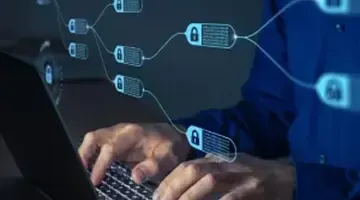Digisquares for
Education
Transform the way educational institutions operate with Digisquares Studios, automating tasks and processes to boost productivity, improve the learning experience, and reduce administrative burdens.


Accelerate Learning Management with AI-Driven Automation
Leverage Digisquares AI Studio to streamline learning processes with AI-powered solutions. From personalizing learning paths to automating curriculum management, AI Studio simplifies complex tasks. Educators can develop predictive models, create individualized learning plans, and automate grading and attendance, all without extensive AI expertise.
Streamline the Admission Process
Automate the entire enrollment process, from application submission to student acceptance, using Digisquares AppStudio. Eliminate paperwork, reduce processing times, and ensure accuracy by automating admissions workflows. Students can enjoy a seamless application experience while institutions benefit from faster, more efficient enrollment management.

Simplify Student Orientation and Training
Automate the onboarding process for new students by streamlining tasks such as document submission, orientation scheduling, and compliance tracking. With Digisquares AppStudio, institutions can ensure that students are quickly integrated into their academic programs, reducing administrative workloads while enhancing the onboarding experience.

Ensure Accuracy in Attendance and Performance Tracking
Digisquares AppStudio enables the automation of attendance tracking and grading systems, reducing manual entry errors and improving accuracy. By automating these processes, educators can focus on teaching while ensuring that student performance data is logged and accessible in real-time. Integration with learning management systems (LMS) ensures a seamless flow of information.

Optimize Faculty and Classroom Scheduling
Automate faculty and classroom scheduling with Digisquares AppStudio, allowing institutions to efficiently allocate resources, manage time-off requests, and avoid scheduling conflicts. The platform ensures that classes are scheduled optimally across departments, maximizing both faculty time and facility usage.

Enhance Student Learning Experiences
Use Digisquares AI Studio to create personalized learning paths for students based on their academic progress and learning style. Automate the assignment of tailored study materials, recommend resources, and adjust curriculum paths to optimize learning outcomes, ensuring every student receives a personalized, engaging educational experience.

Streamline the Admission Process
Automate the entire enrollment process, from application submission to student acceptance, using Digisquares AppStudio. Eliminate paperwork, reduce processing times, and ensure accuracy by automating admissions workflows. Students can enjoy a seamless application experience while institutions benefit from faster, more efficient enrollment management.

Automated Enrollment and Onboarding
Streamlined Attendance and Grading
Personalized Learning Paths with AI




